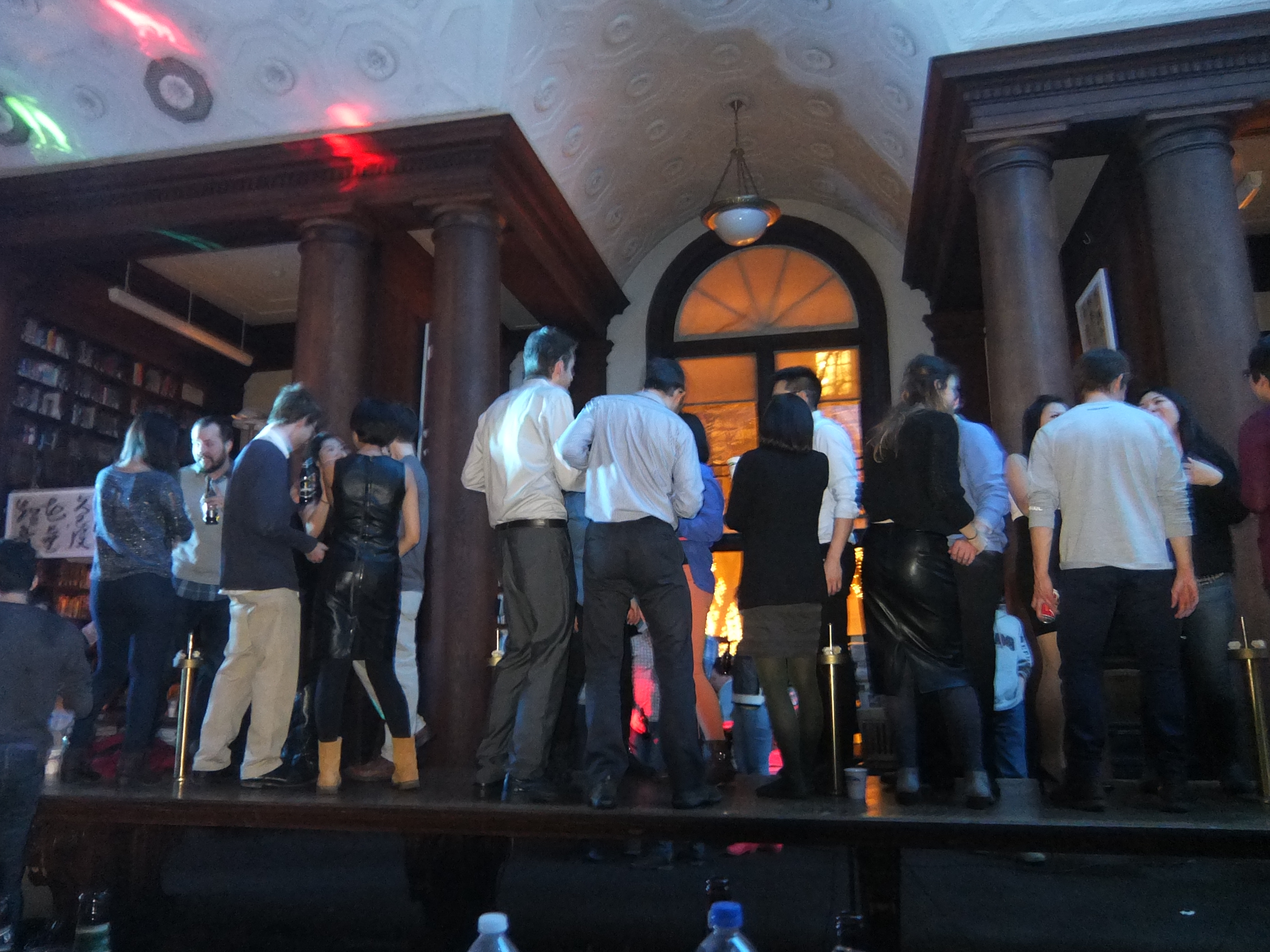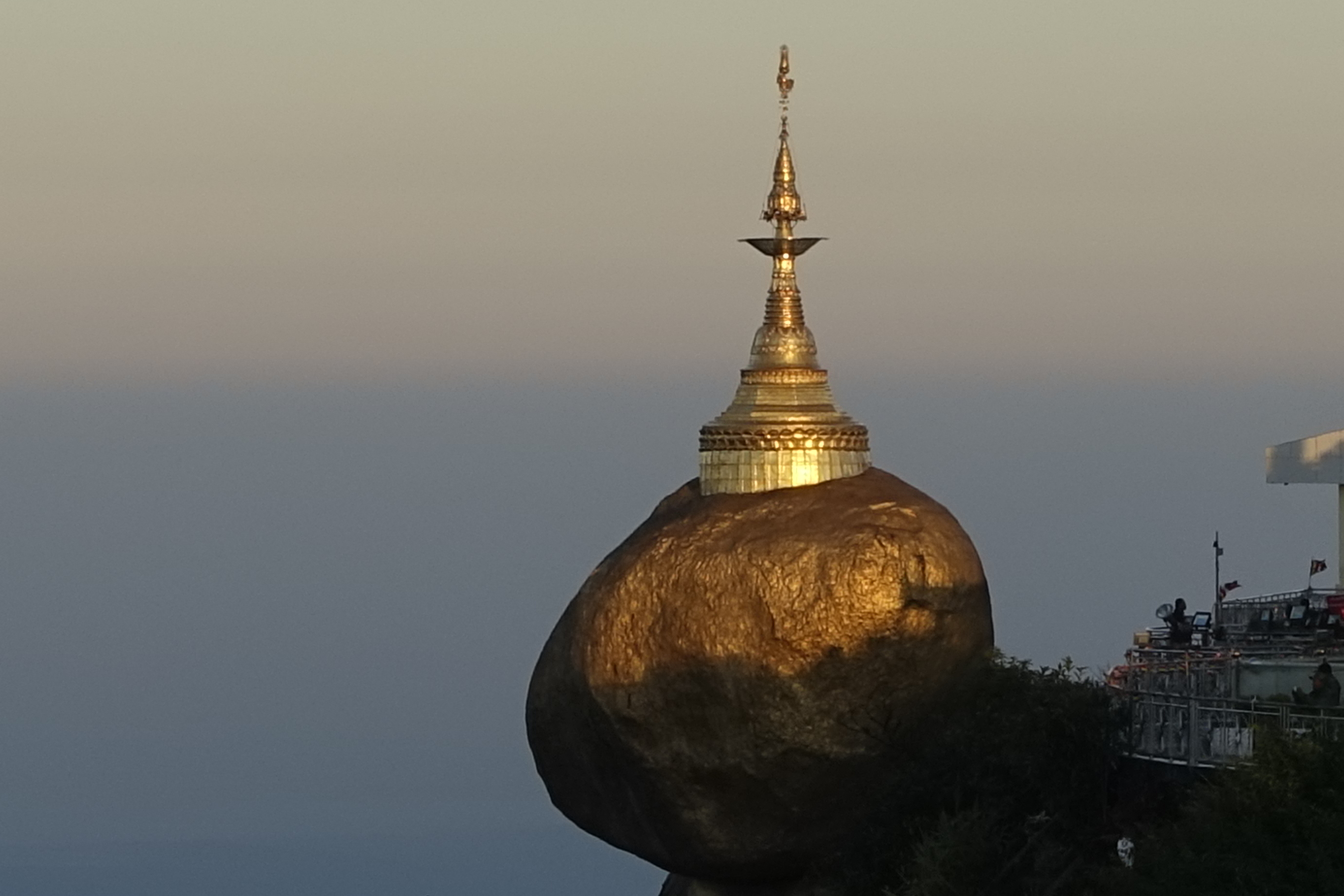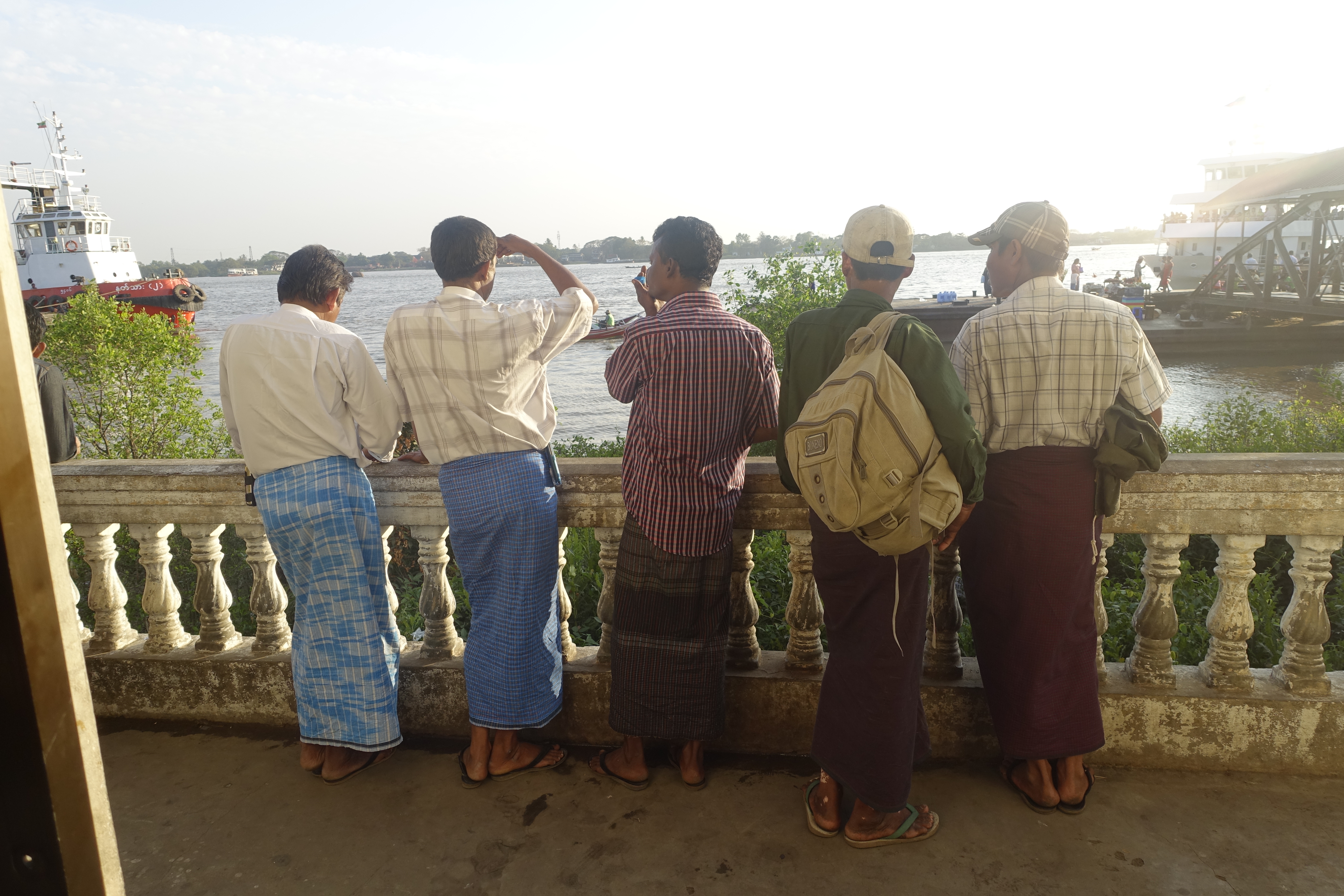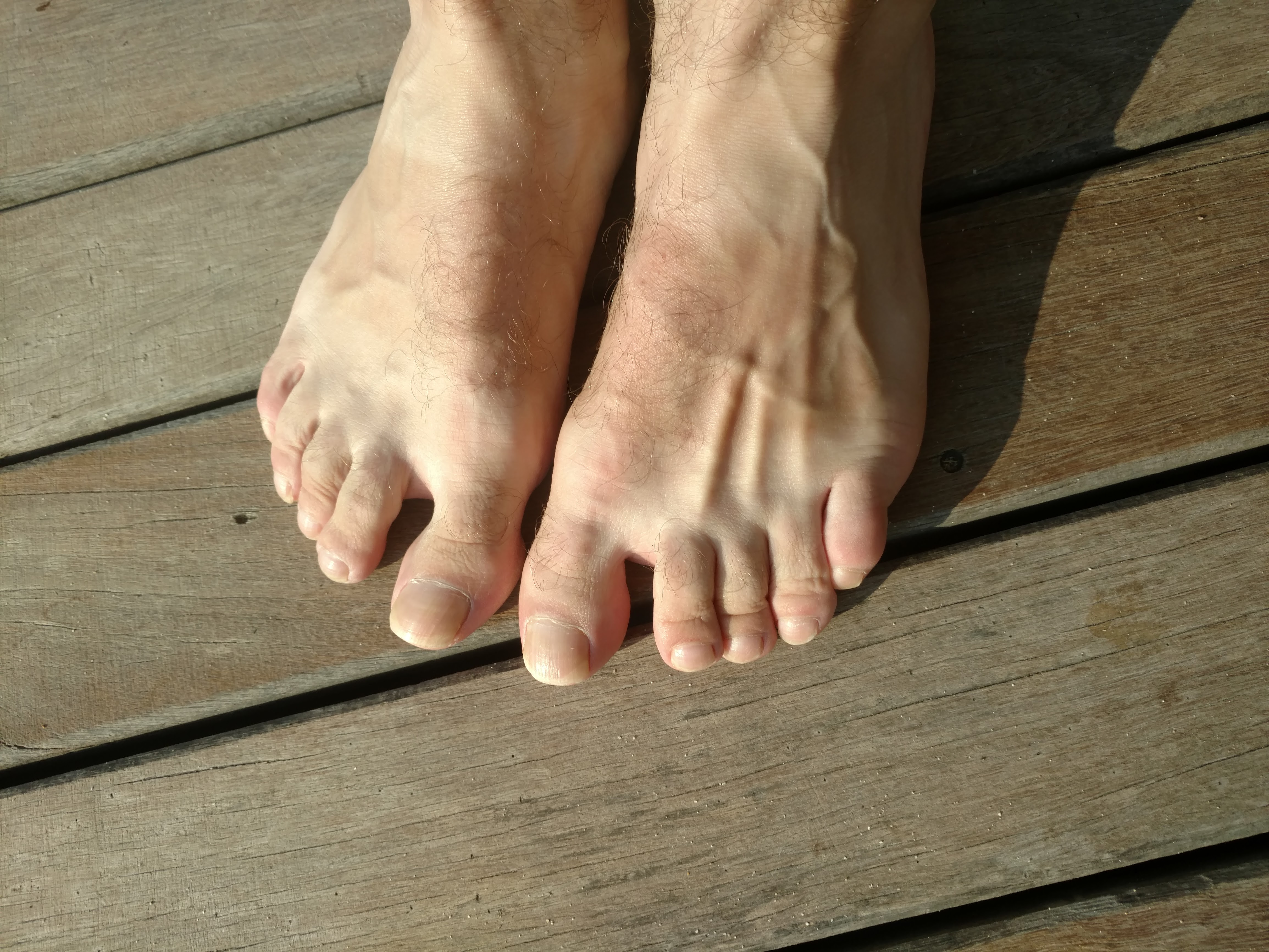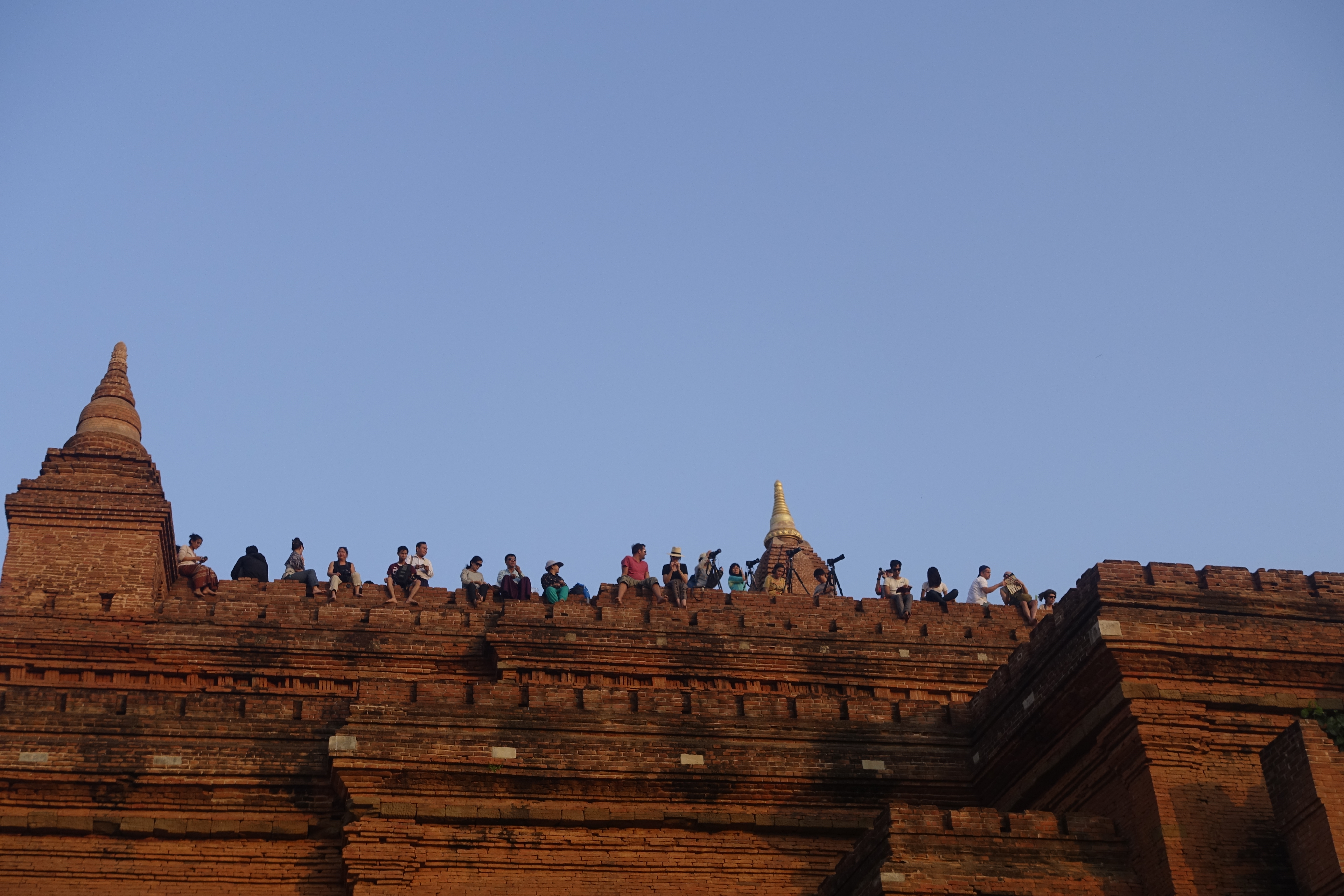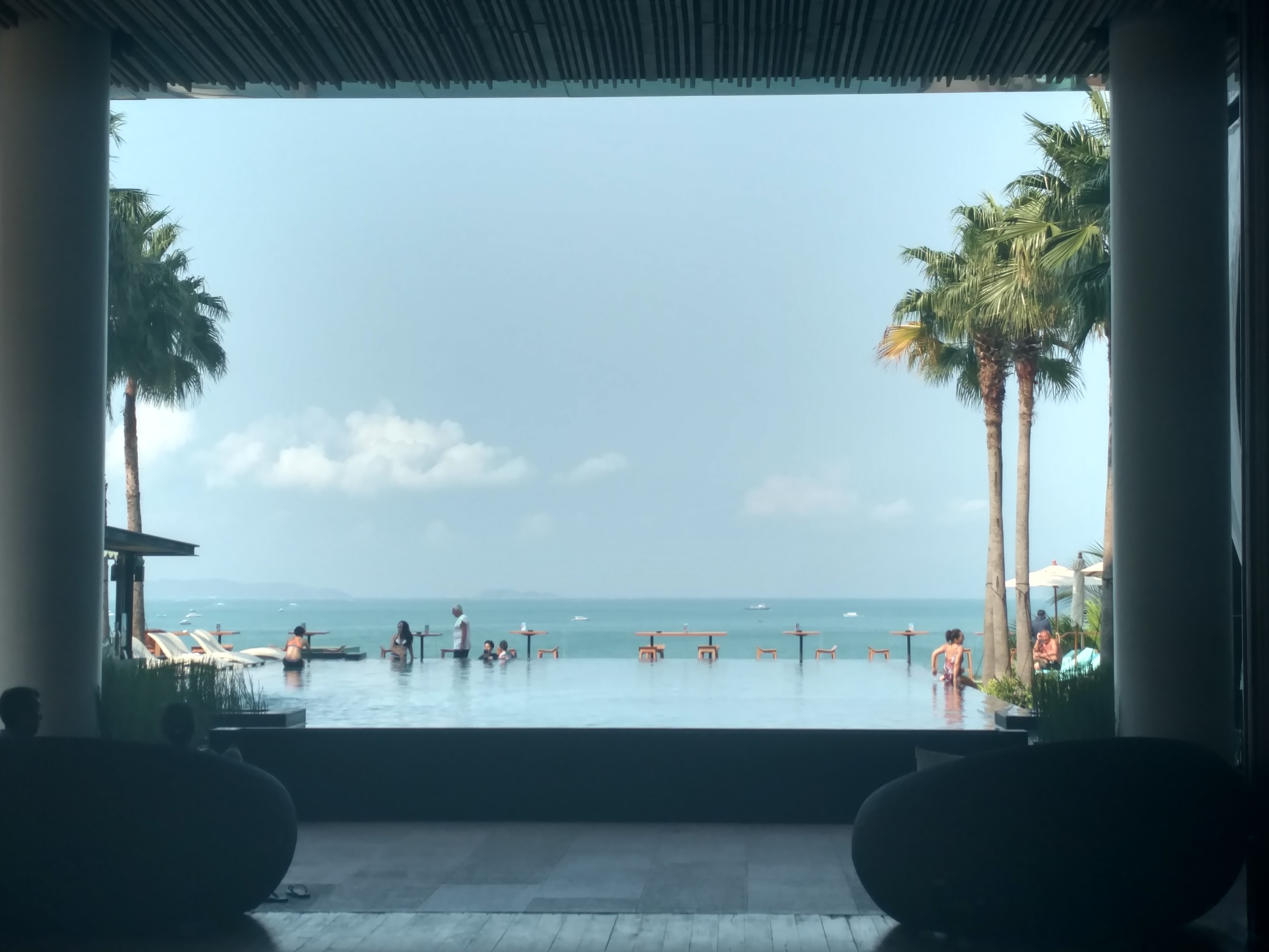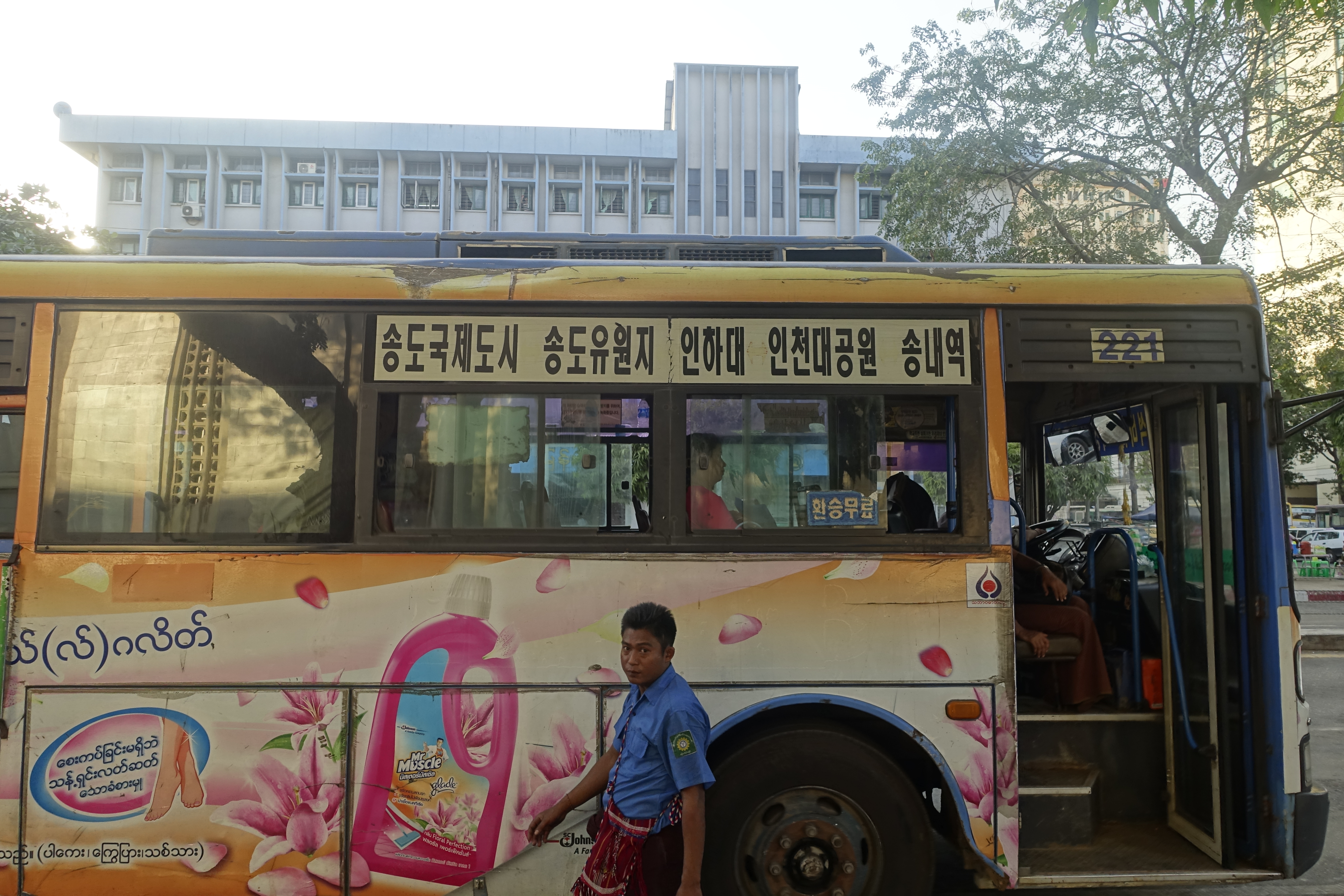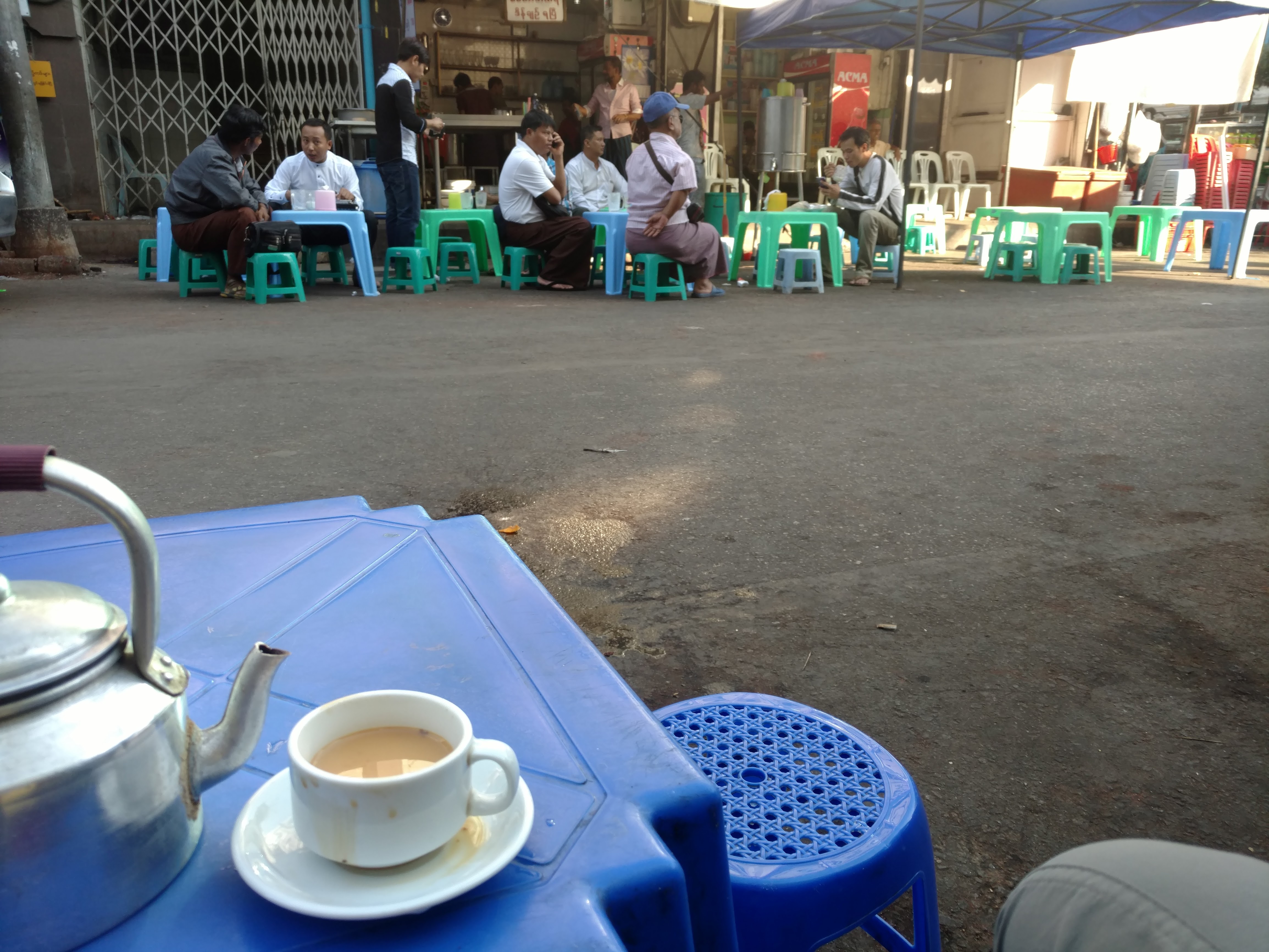Kalaw: Cheap everything
Photos
From Mandalay, Myoungsun and I made our way to Kalaw, a scruffy but likable mountain town that serves as a base for treks to Inle Lake. It was cold enough that by evening, wearing my sweatshirt and my new Burmese sweater and hat, I still felt the need to go to the marketplace and buy a heavy coat with a hood.
Everything in Kalaw was cheap. I got a haircut for less than a dollar, a bowl of delicious Shan noodle soup for less than 50 cents. Even trekking gear was cheap: a midsize knapsack for $10, a headlamp with batteries included for a buck. We went to a video game shop boasting a PlayStation 2, and we played the soccer game Winning Eleven because it was the only game they had, but hey, it was about 25 cents an hour.
Our trek, which we arranged at Uncle Sam’s — the place for treks, judging by the crowds there coordinating various groups and plans — was also cheap, at just $35 a head for three days, two nights, a guide, a chef, two homestays, seven meals, and the boat across Inle Lake to the town of Nyaungshwe. Myoungsun and I were joined by Leo, a young German jazz drummer; Sophie and Edouard, a finance guy and an animator from Belgium; and Jorg, a retired teacher from Switzerland who was avoiding his Filipina wife’s visit home to her mother. That Jorg was trekking at all was remarkable: some years earlier, he’d developed a fistula in his brain that led to extensive paralysis. He’d had to relearn how to walk, and now he was trekking in the Burmese mountains, keeping up with a group of people in their twenties and thirties (and, yes, one in his forties).
On our last night before the trek, we stopped in at Hi Snack & Drink, the best (only?) bar in Kalaw. It’s a warm, dark, inviting little hole in the wall, free of the usual Burmese fluorescent lighting, with groups of locals grabbing the available acoustic guitars and belting out local pop songs. Soon it drew a crowd of backpackers as well. I got to talking with the owner about the political changes in Myanmar, which he said would have been impossible just a few years before: there was a military security guy who used to come and sit in the bar to watch everyone.
I asked the barkeep the same question I’d been asking everyone, which is why the military government decided to relinquish absolute control, and he gave the best answer I heard. He explained that the generals, as they looted the country, tucked their money away in American and European bank accounts. Then came targeted sanctions, and they lost access to their money. The political opening has been designed so that the military maintains economic and some political control. There will be no trials for past wrongdoing, and there’s no state seizure of assets controlled by the generals: the banks, the mining companies, real estate holdings, etc. But the sanctions will be lifted, the bank accounts unfrozen, and Burmese generals will once again be able to send their children to the UK for school and their wives to Paris for shopping.
From Kalaw to Inle Lake: Village life
Photos: Trekking from Kalaw to Inle Lake, Inle Lake
Trekking has been good for the villages around Inle Lake. It brings in money and contact with the outside world, and we felt welcomed. There are lots of new brick houses, which are what people prefer over wood or bamboo-mat-sided houses, and almost all the thatched roofs have been replaced with corrugated metal. The villages were mostly off the electrical grid, but many people had solar panels that they used to charge LED lightbulbs — tricky in the monsoon, we were told, when the sun won’t shine for days — and a few had car batteries for the same purpose. In some ways, these villages were in better shape than some of the villages I saw in Northern Thailand. They also still had their populations of young adults, who haven’t gone to the cities to look for jobs because there are no jobs in the cities.
One shouldn’t glamorize the poverty and stresses of rural village life. On our first night, after dinner, we were taken to meet a family that was staying in a small house for a visit. There was a fire going in the middle of the room, with no stove, and a young child coughed quietly from her bedroll. The matriarch shocked us all when we asked her age and she said she was fifty-four (Khinkhin, our guide, translated); she looked older. Working in the rice and ginger and pepper fields every day is hard. Carrying water from the village tap is hard.
I was also reminded how little privacy there is in villages. Showers happen out in the open. Houses have one or two rooms, and everyone eats and sleeps together. Toilets are outside and shared. If you have a fight with your wife, or if you run to the bathroom too many times in the night, or if you sneak out to meet your boyfriend, everyone knows. Mirrors are not common. You look at yourself less and everyone else more. The whole concept of the self as I know it — as an American who had my own bedroom from the day I was born — is foreign to village life.
The cultural lines were striking when we arranged the beds on the first night. Khinkhin and Nanda, the chef, lined up some mats and blankets for us so that we’d be sleeping next to each other all in a row, two people to each mat. It would keep us close and add warmth, which made sense. The Westerners looked at this arrangement, thought better of it, found an extra mat, and spread things out so we’d each have our own personal space (except for the Belgian couple). As for Myoungsun, she’d confessed back in Mandalay that she actually preferred hostel dorm rooms to private hotel rooms. She’d grown up sleeping in the same room as the rest of her family, and she likes a certain amount of ambient noise. When we arranged our beds for the second night — no extra mats this time — she was happy to flop down somewhere in the middle, while the German and the American took the ends.
And it was cold at night. I woke up in the middle of the first night after dreaming that I was wandering Times Square on New Year’s Eve, looking for a place to warm up. I put on my coat and got back under the covers. Later, near dawn, I went out to the bathroom and was amazed by all the stars I could see. The moon had set, and the nearest electric lights were beyond the ridgeline.
The trek was mostly through villages and farmland rather than through wilderness and forest. It was the season for ripening pepper, and I was struck by just how much global effort goes into growing and picking and drying and grinding and packaging and shipping was is essentially just a flavor additive without much caloric value. People were also hard at work watering and washing their buffaloes, which are used for labor, and also as “buffalo banks,” places to store value for when you need it later. Once again, it was Myoungsun who had the bridging experience between the Burmese and the Western: she was the only one among us who’d ever done a day of labor on a pepper farm, as part of a youth volunteer program in Korea.
At last we came to Inle Lake and took the boat across to Nyaungshwe, where we said goodbye to our guides and went our separate ways, though we reconvened for dinner. The next day, Myoungsun and I joined the Belgians for a boat tour of the lake, which was both touristy and interesting. The lake is dotted with villages on stilts, and life is lived on the water. We visited a boat factory, a weaving shop, a silversmith, and a shop where women from the famous long-necked Karen tribe served as a kind of human zoo, which felt creepy. We also visited temples, because you always visit temples.
Next up: a night bus back to Yangon.

